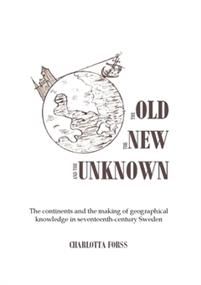This thesis investigates early modern ways of looking at the world through an analysis of what the continents meant in three settings of knowledge making in seventeenth-century Sweden. Combining text, maps and images, the thesis analyses the meaning of the continents in, first, early modern scholarly 'geography', second, accounts of journeys to the Ottoman Empire and, third, accounts of journeys to the colony New Sweden. The investigation explores how an understanding of conceptual categories such as the continents was intertwined with processes of making and presenting knowledge. In this, the study combines approaches from conceptual history with research on knowledge construction and circulation in the early modern world. The thesis shows how geographical frameworks shifted between settings. There was variation in what the continents meant and what roles they could fill. Rather than attribute this flexibility to random variation or mistakes, this thesis interprets flexibility as an integral part of how the world was conceptualized. Religious themes, ideas about societal unities, definitions of old, new and unknown knowledge, as well as practical considerations, were factors that in different way shaped what the continents meant. A scheme of continents - usually consisting of the entities 'Africa,' 'America,' 'Asia,' 'Europe' and the polar regions - is a part of descriptions about what the world looks like today. In such descriptions, the continents are often treated as existing outside of history. However, like other concepts, the meaning and significance of these concepts have changed drastically over time and between contexts. This fact is a matter of importance for historians, but equally so for a wider public using geographical categories to understand the world. Concepts such as the continents may describe what the world looks like, yet they can create both boundaries and affiliations far beyond land and sea.Charlotta Forss is a historian at Stockholm University. This is her doctoral thesis.












